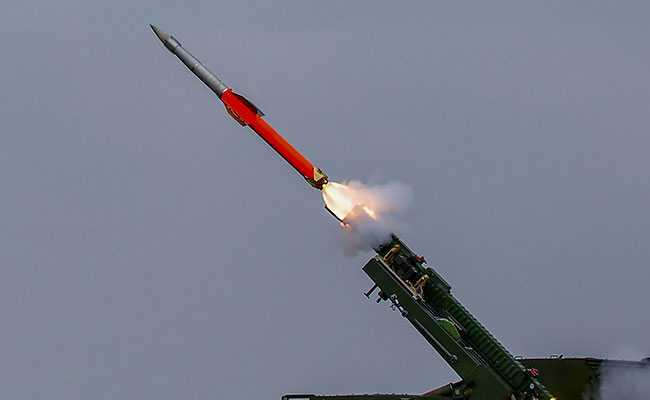India successfully conducted six fight tests of the Quick Reaction Surface to Air Missile (QRSAM) system from the Integrated Test Range (ITR) Chandipur off the coast of Odisha on Thursday. The test was conducted as part of evaluation trials by the Defence Research and Development Organization (DRDO) and the Indian Army.
According to a ministry of defence release, the flight tests were conducted against high-speed aerial targets simulating various types of threats to evaluate the capability of the weapon systems under various scenarios. Long-range medium altitude, short-range high altitude manoeuvring target, low radar signature with receding and crossing target, and salvo launch with two missiles fired in quick succession were among the scenarios.
The system’s performance was also assessed in nighttime operation scenarios.
According to the ministry, all mission objectives were met during the tests, establishing the weapon system’s pinpoint accuracy.
The QRSAM is outfitted with cutting-edge guidance and control algorithms, as well as a warhead chain. It can search and track while moving and fire when it comes to a halt. Range instruments such as telemetry, radar, and Electro-Optical Tracking Systems (EOTS) data were used to confirm system performance.
“These tests were conducted in the final deployment configuration consisting of all indigenously-developed sub-systems, including the missile with indigenous Radio Frequency (RF) seeker, mobile launcher, fully automated command and control system, surveillance and multi-function Radars,” the release said.
Following a successful series of trials, officials stated that the system is now ready for induction into the Indian Army.
According to the release, Defence Minister Rajnath Singh, who is currently in Japan for a 2+2 ministerial dialogue, congratulated the DRDO and Indian Army on the successful flight trials and expressed confidence in the QRSAM weapon system as an excellent force multiplier for the armed forces.







